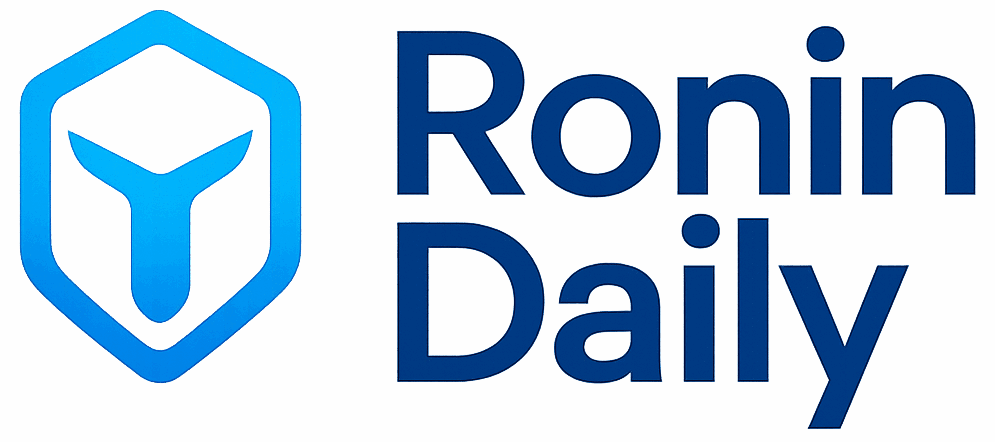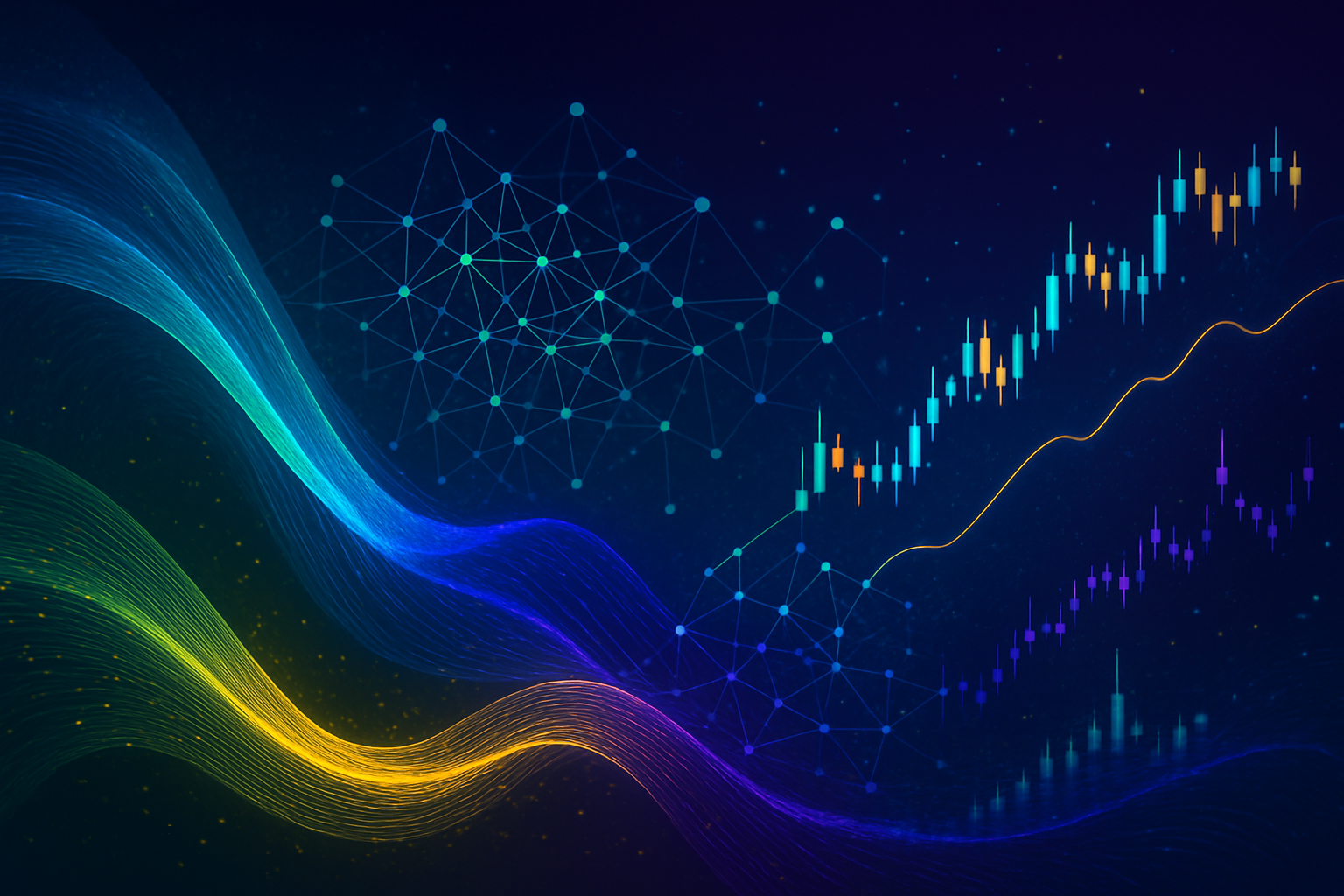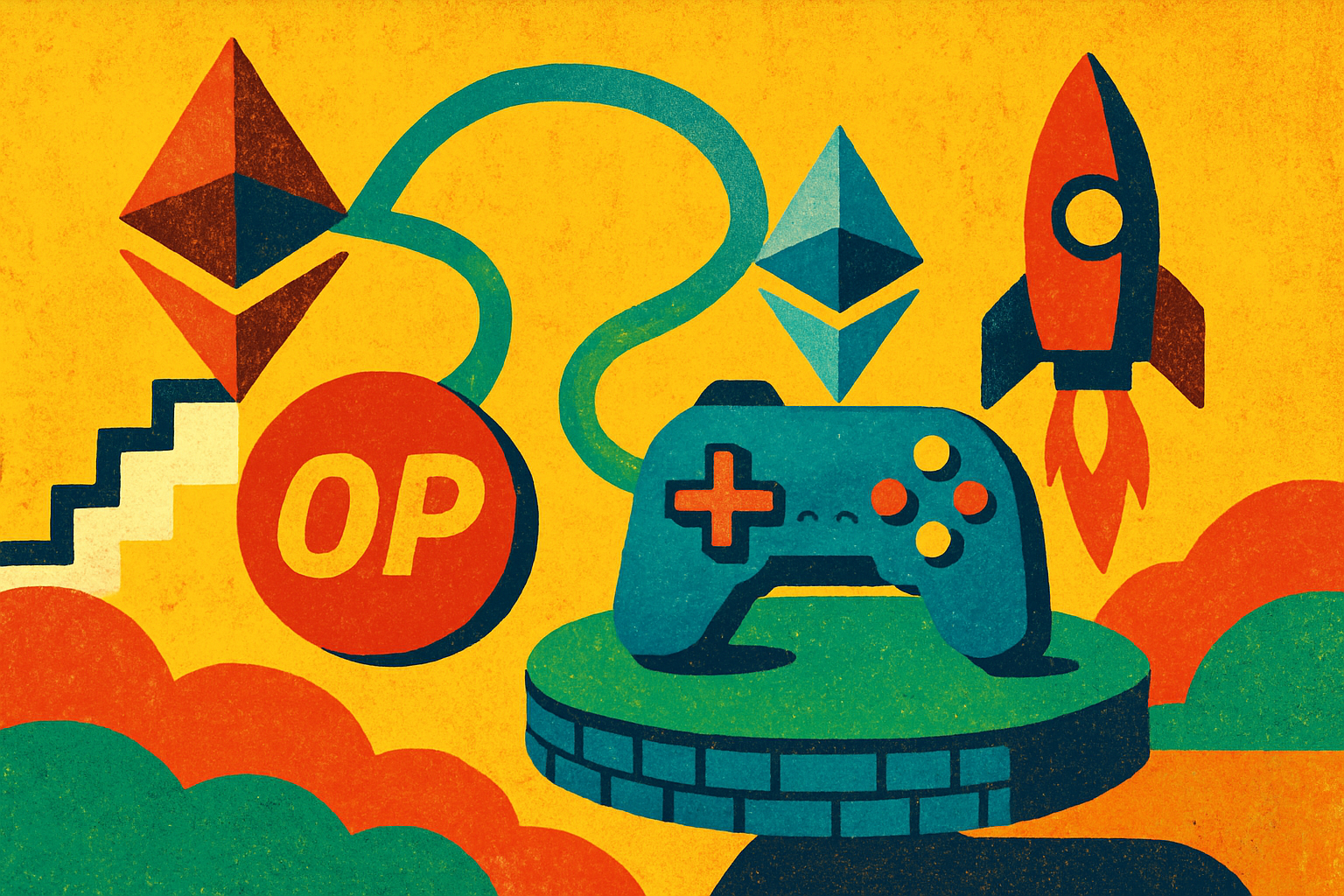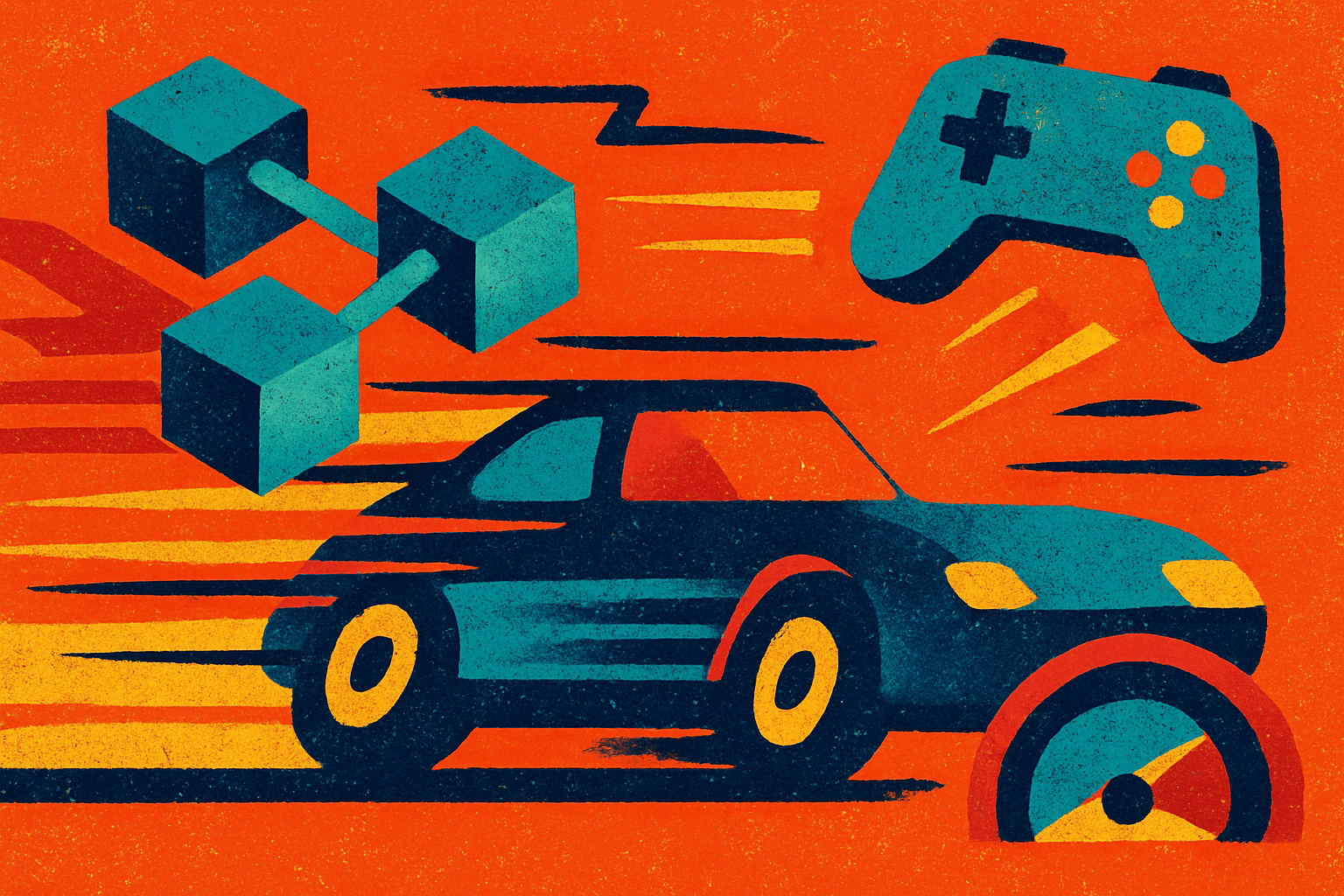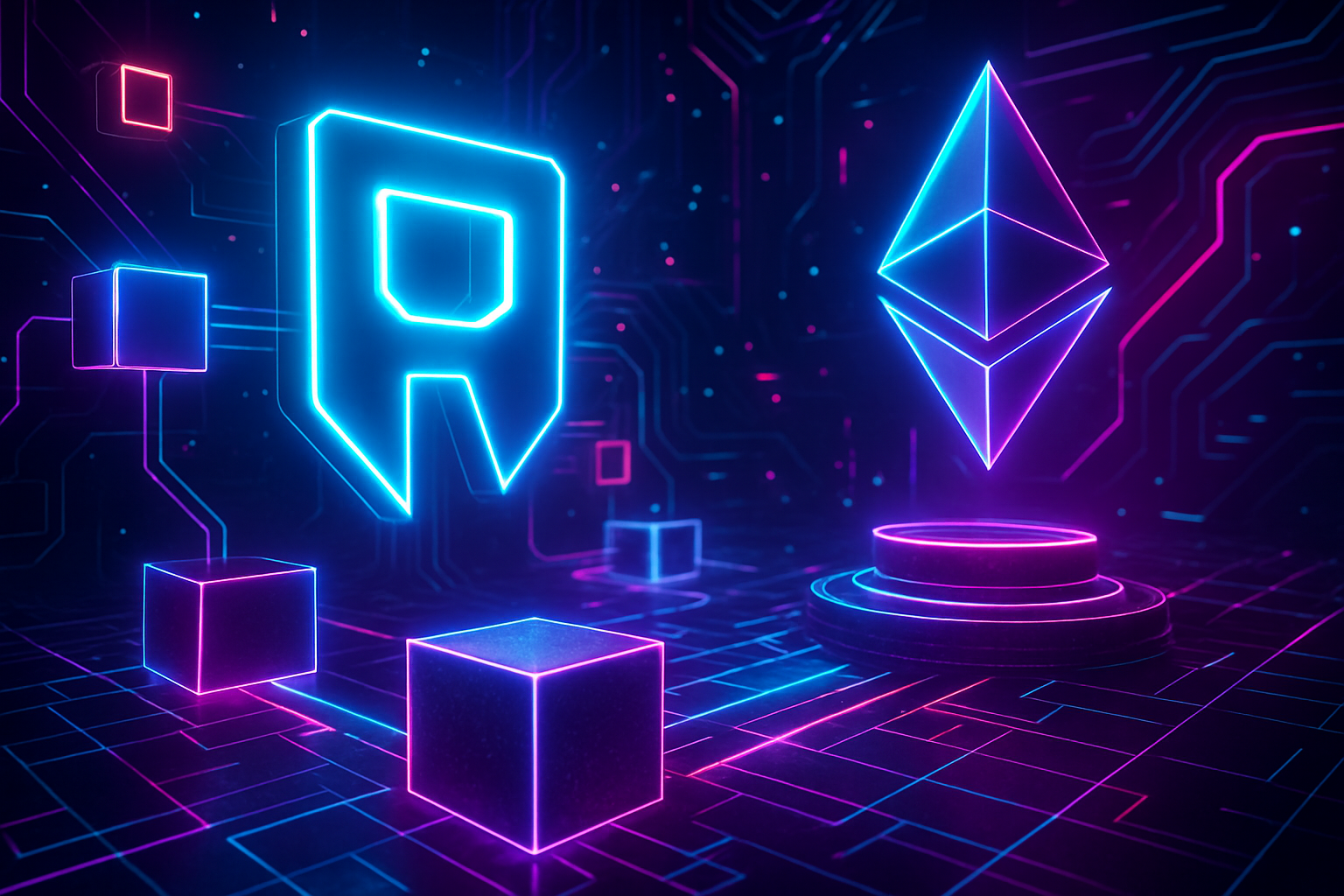
Ronin’s bold leap from an Ethereum sidechain to a full-fledged Layer 2 (L2) using Optimism’s OP Stack is more than a technical upgrade – it’s a seismic shift for Web3 gaming scalability. With the gaming industry eyeing blockchain integration and user bases swelling, Ronin’s migration couldn’t be better timed. Let’s break down how this transition will turbocharge transaction speed, security, and developer incentives across the Ronin ecosystem.
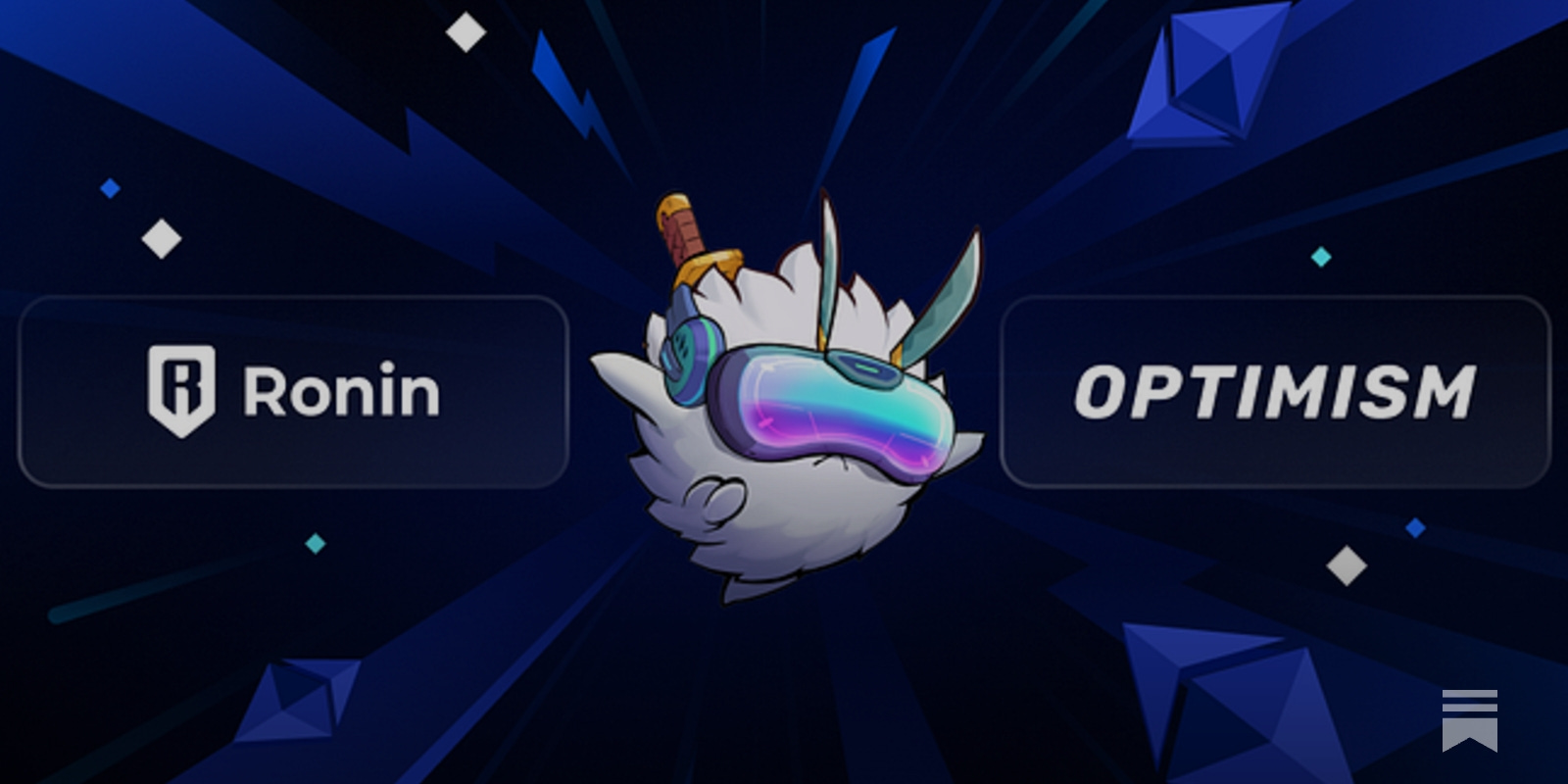
Supercharged Transaction Throughput and Speed
Web3 games live or die by user experience. Laggy transactions kill immersion and limit what developers can build. By adopting the OP Stack, Ronin expects block times between 100 to 200 milliseconds. That’s near-instant settlement – a game-changer for real-time gameplay, NFT minting, and in-game DeFi actions. Compare that to legacy blockchains where users wait seconds (or longer) for confirmation, and it’s clear why this matters.
The network’s throughput is set to explode as well. With projected capacity reaching up to one million transactions per second, Ronin can support massive multiplayer games, intricate economies, and high-frequency NFT trading without breaking a sweat. This scale is exactly what Web3 gaming needs to onboard millions of new players over the next decade.
Security Reinvented: From Sidechain Risks to Ethereum-Grade Safety
Security has always been the Achilles’ heel of sidechains. While they offer speed, they often lack robust decentralization or are exposed to single points of failure. By migrating to an Ethereum L2 with Optimism’s OP Stack, Ronin inherits Ethereum’s battle-tested security protocols. This means every transaction on Ronin is anchored by Ethereum’s decentralized validator set – drastically reducing risks of exploits or downtime.
This new security posture isn’t just theoretical; it directly benefits both game developers and players who now get peace of mind that their assets and in-game progress are protected by one of the most secure networks in crypto.
Unleashing Developer Incentives and Ecosystem Growth
The transition unlocks access to milestone-based grants ranging from $5 million to $7 million, provided by heavyweights like the Optimism Foundation and Eigen Labs. These funds will fuel ecosystem growth through direct support for builders launching on Ronin – whether they’re crafting new games or building DeFi tools for gamers.
Key Benefits of Ronin’s Move to Ethereum L2 with OP Stack
-
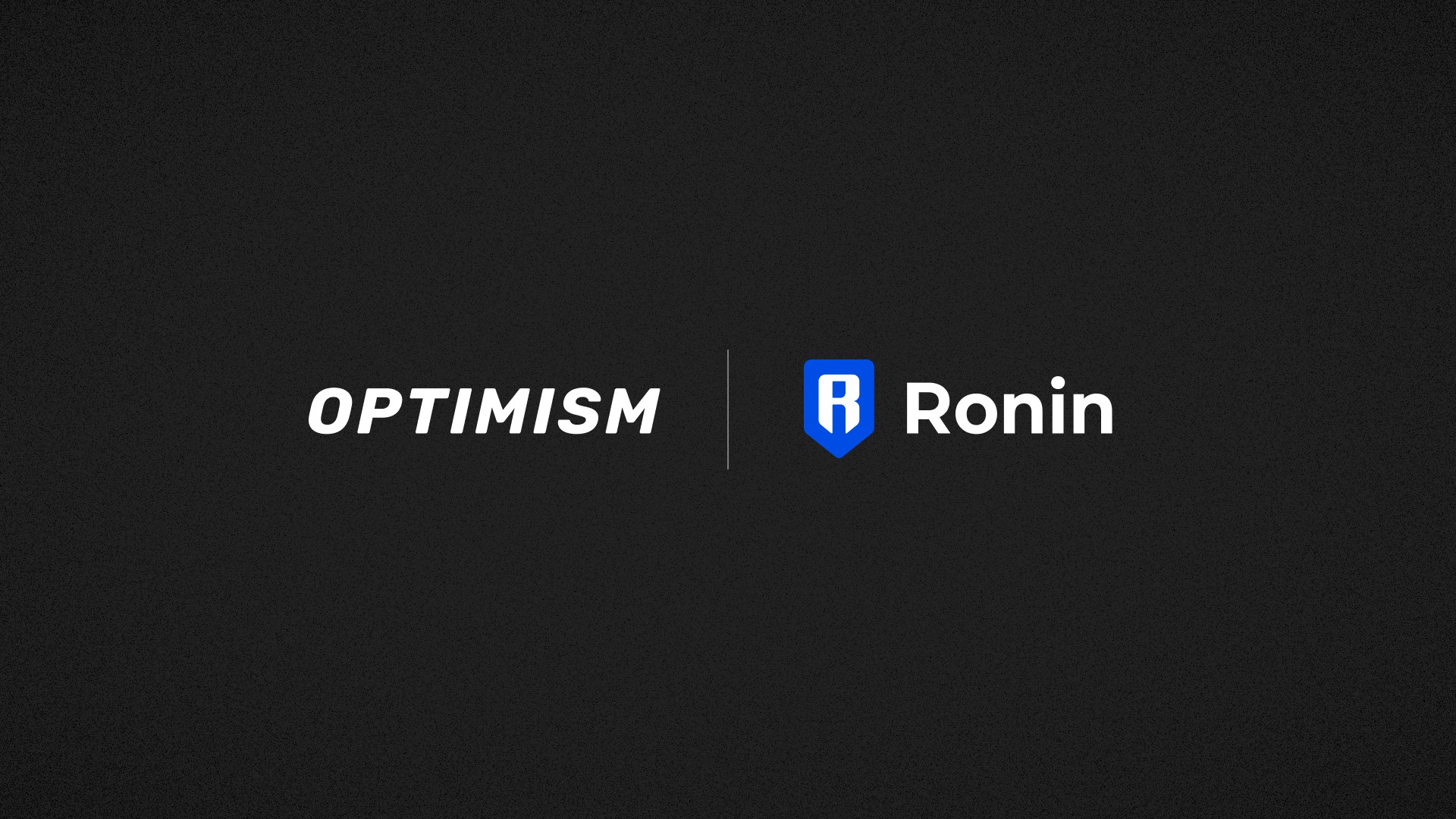
Lightning-Fast Transactions: Ronin’s integration with the OP Stack enables block times as low as 100–200 milliseconds, delivering near-instant gameplay and NFT interactions crucial for seamless Web3 gaming.
-
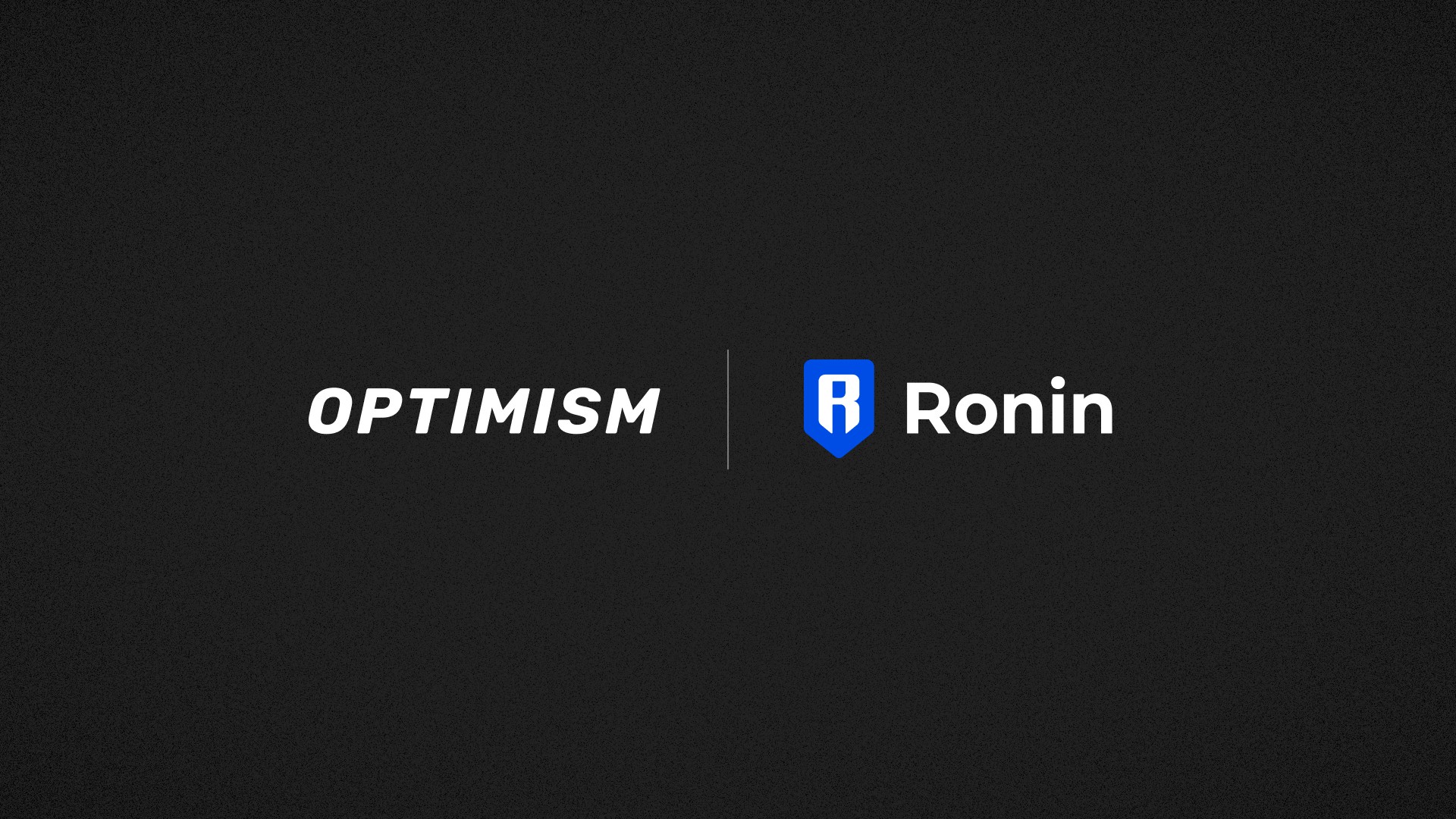
Massive Scalability: The transition boosts Ronin’s throughput, with the potential to handle up to one million transactions per second, supporting large-scale games and growing user bases without bottlenecks.
-
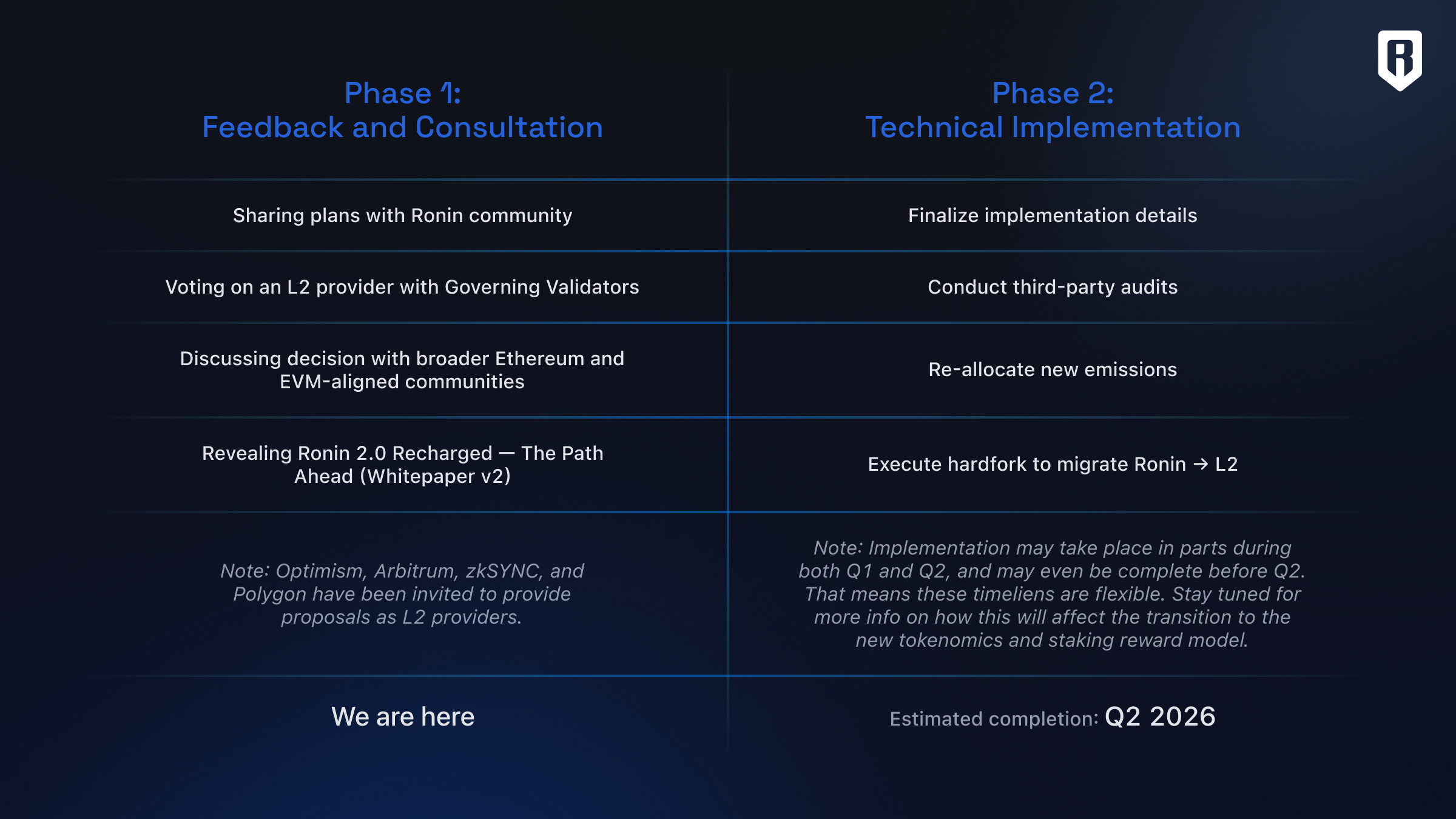
Enhanced Security: By becoming an Ethereum Layer 2, Ronin inherits Ethereum’s battle-tested security, providing greater protection for assets and reducing risks for developers and players.
-
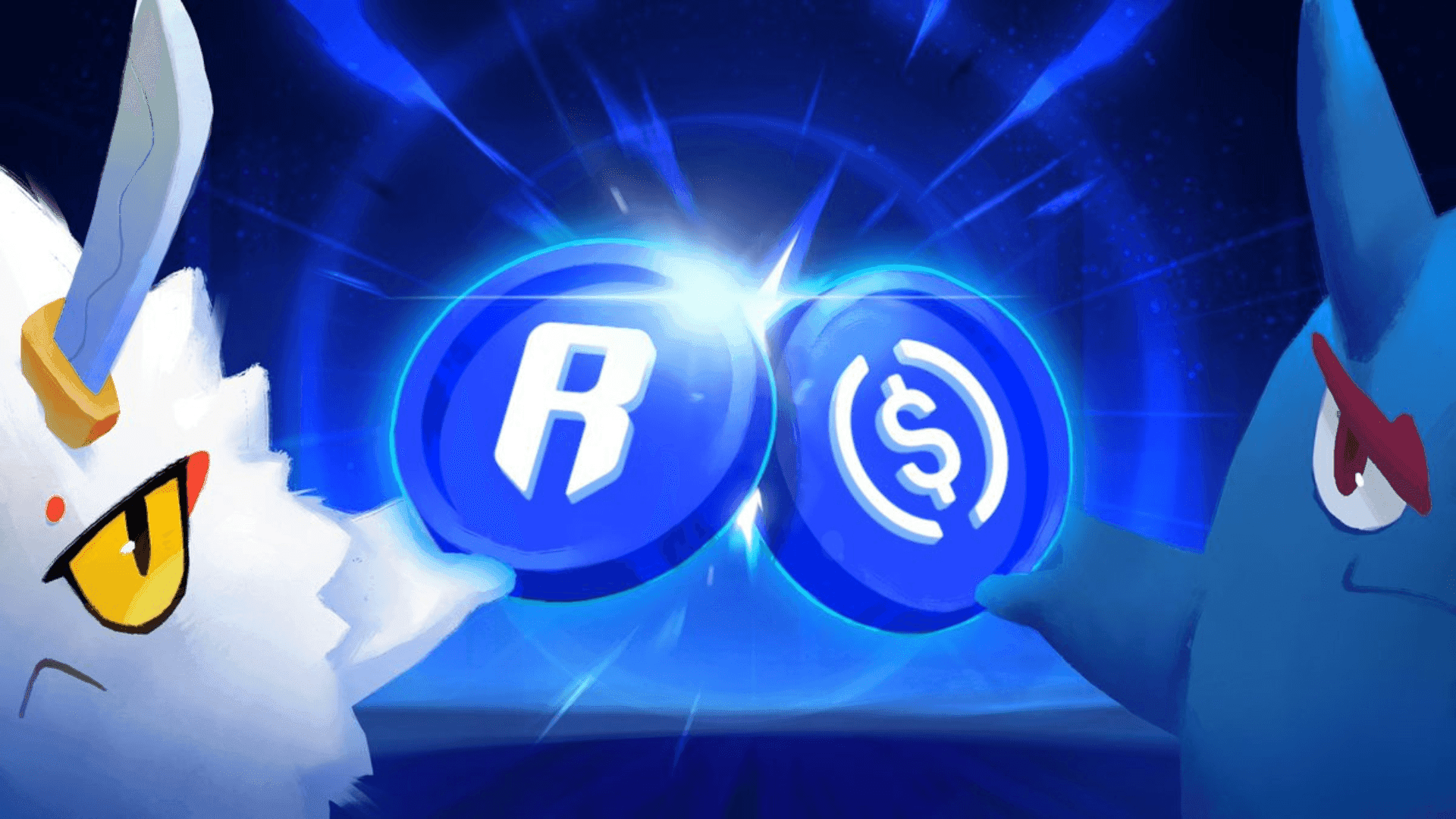
Access to Developer Incentives: Ronin unlocks $5–$7 million in milestone-based grants and eligibility for the 850 million $OP Retro Fund, fueling innovation and supporting game developers.
-
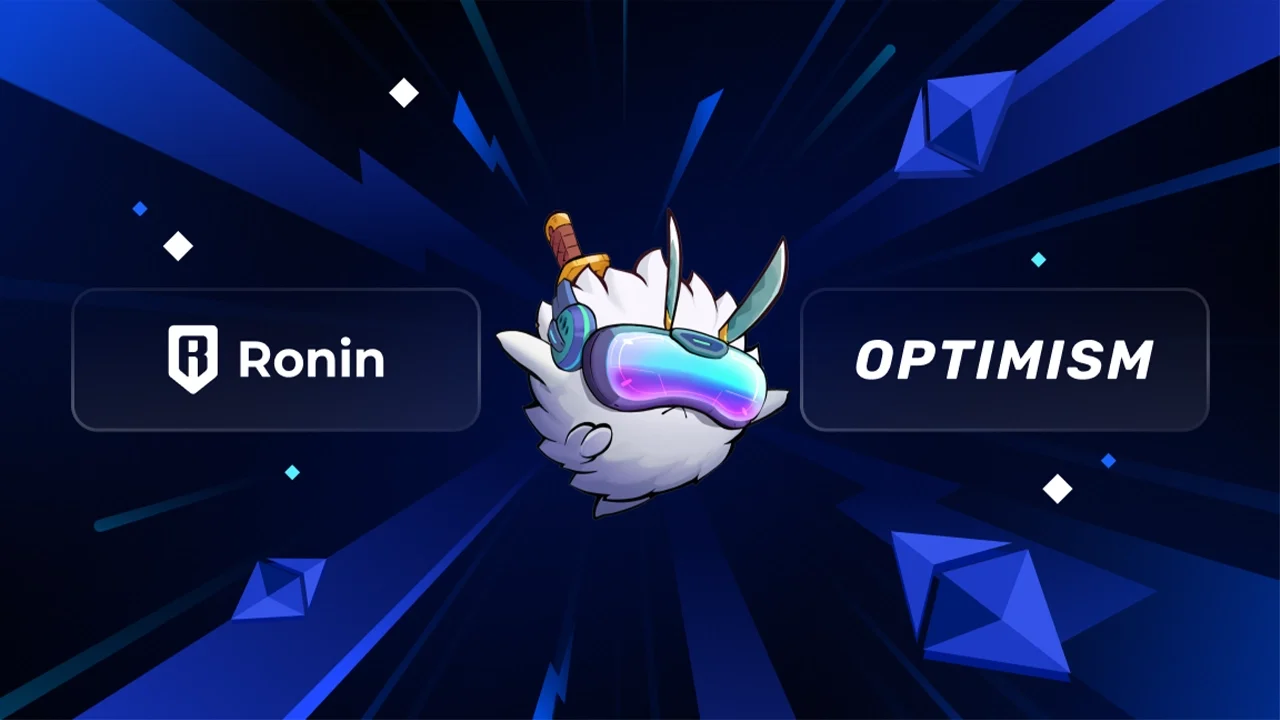
Superchain Interoperability: As part of the Superchain ecosystem, Ronin gains seamless interoperability with platforms like Base and Unichain, allowing easier asset transfers and access to Ethereum’s DeFi and user base.
Even more compelling: Developers on Ronin become eligible for allocations from the 850 million $OP Retro Fund. That means more resources for experimentation, pilot programs in gaming-centric regions, and ultimately faster iteration cycles for game studios looking to push boundaries.
Joining Forces with the Superchain Ecosystem
By integrating with Optimism’s OP Stack, Ronin doesn’t just level up its own tech stack – it joins the Superchain family alongside platforms like Base (Coinbase) and Uniswap’s Unichain. This unlocks seamless interoperability between assets, dApps, and users across multiple Layer 2s built on shared standards.
The result? Developers can tap into deep liquidity pools and DeFi tooling from day one while players enjoy frictionless movement of assets between top-tier applications in the broader Ethereum universe.
This interconnectedness is more than a technical nicety. It’s a massive unlock for game studios that want to leverage existing DeFi protocols, NFT marketplaces, and cross-game economies without the traditional headaches of bridging or fragmented liquidity. As Ronin projects tap into Ethereum’s largest user base and infrastructure, the ecosystem can rapidly scale both in terms of users and creative possibilities.
What This Means for Players and Game Studios
For gamers, the benefits are immediate: near-instant transactions, smoother gameplay, and access to a wider range of interoperable assets. Frictionless onboarding means new players can jump into Web3 games without wrestling with clunky wallets or slow confirmations. Game studios get a robust platform that removes previous bottlenecks, letting them focus on building engaging titles rather than fighting infrastructure limitations.
Critically, Ronin’s OP Stack integration also positions it as a launchpad for next-gen gaming economies. With scalable throughput and Ethereum-grade security, developers can experiment with new monetization models, player-owned economies, and social mechanics that simply weren’t feasible on older networks.
Looking Ahead: The Future of Ronin L2 and Web3 Gaming
The transition isn’t just about catching up, it’s about setting the pace for where blockchain gaming is headed. By 2030, industry analysts project that Ronin could capture 20% of the $50 billion blockchain gaming market. If these forecasts hold true, we’ll see an explosion in unique games, digital assets, and new forms of player engagement built directly atop Ronin L2.
For developers considering where to deploy their next game or app, the message is clear: Ronin Layer 2 OP Stack offers speed, security, funding opportunities, and seamless access to Ethereum’s DeFi ecosystem, all without sacrificing user experience.
Which feature of Ronin’s OP Stack migration excites you most?
Ronin is transitioning to Ethereum Layer 2 using Optimism’s OP Stack, unlocking faster transactions, stronger security, developer incentives, and seamless interoperability for Web3 gaming. Which aspect are you most looking forward to?
If you’re ready to dive deeper into how these changes impact your project or gameplay experience, check out our full guide on Ronin Network’s transition to Ethereum L2 with OP Stack.
Key Takeaways
- Blazing-fast block times: 100,200 ms means instant settlements for NFTs and in-game actions.
- Ethereum-level security: Sidechain risks are replaced by decentralized validator protection.
- Developer incentives: Up to $7 million in grants plus eligibility for the $OP Retro Fund.
- Ecosystem interoperability: Plug-and-play with other Superchain L2s for deep liquidity and tooling.
- User-centric scalability: Supports millions of players with seamless onboarding and asset movement.
The bottom line? Ronin’s Optimism integration isn’t just an upgrade, it’s a blueprint for how Web3 gaming can finally scale to mainstream adoption while keeping both developers and players at the center of innovation. The next wave of blockchain games will be faster, safer, more open, and powered by Ronin Layer 2 OP Stack.
